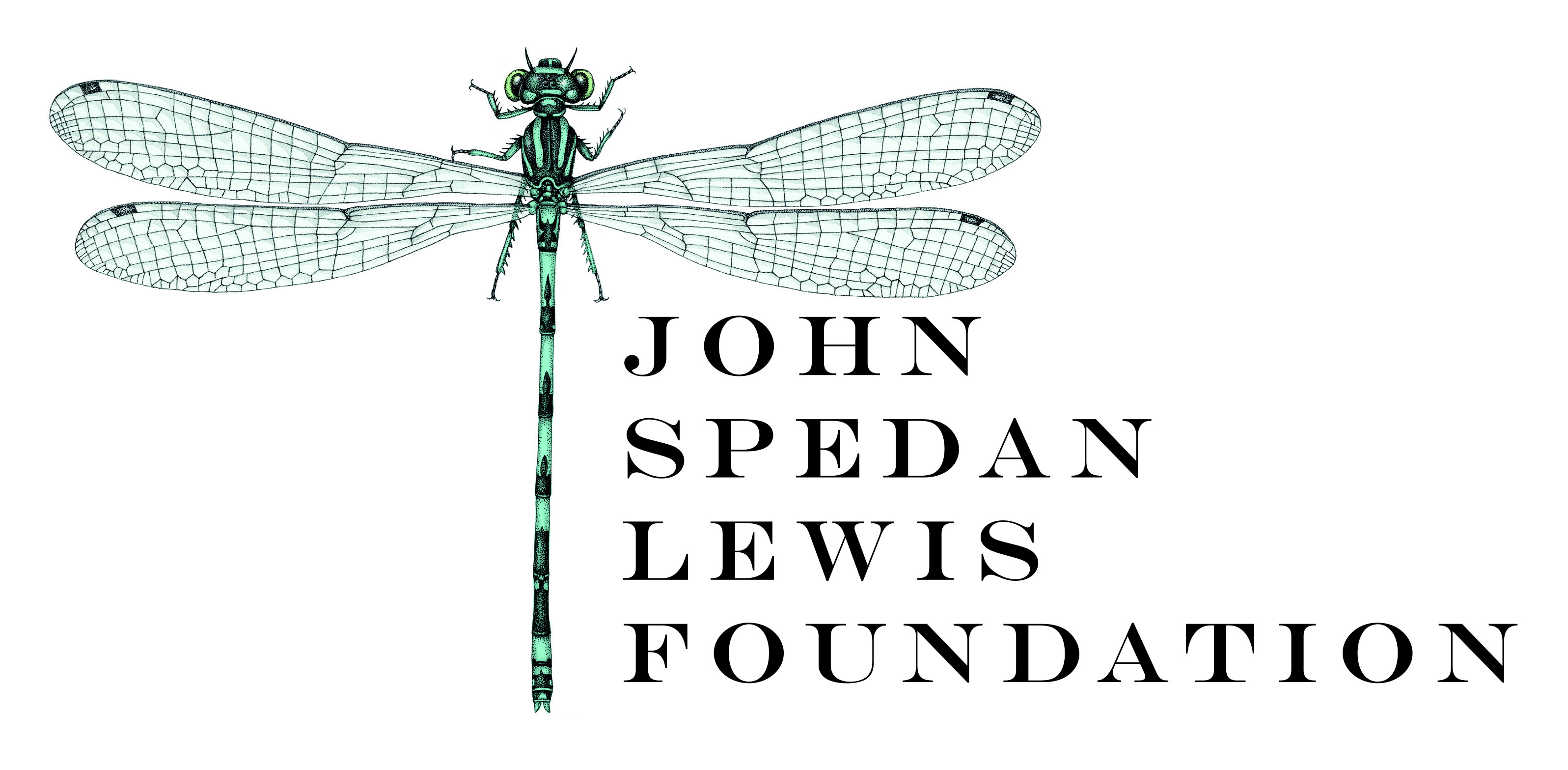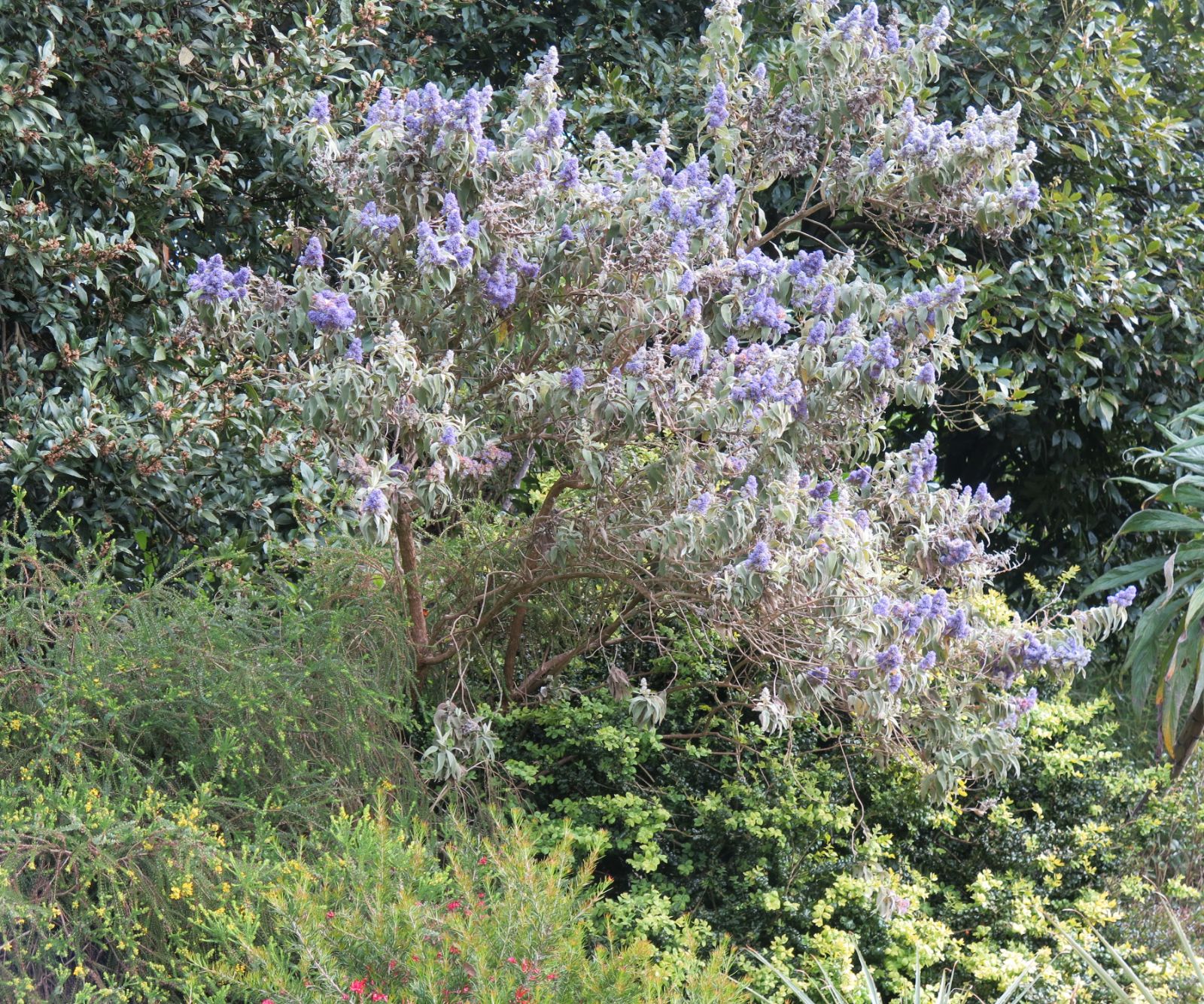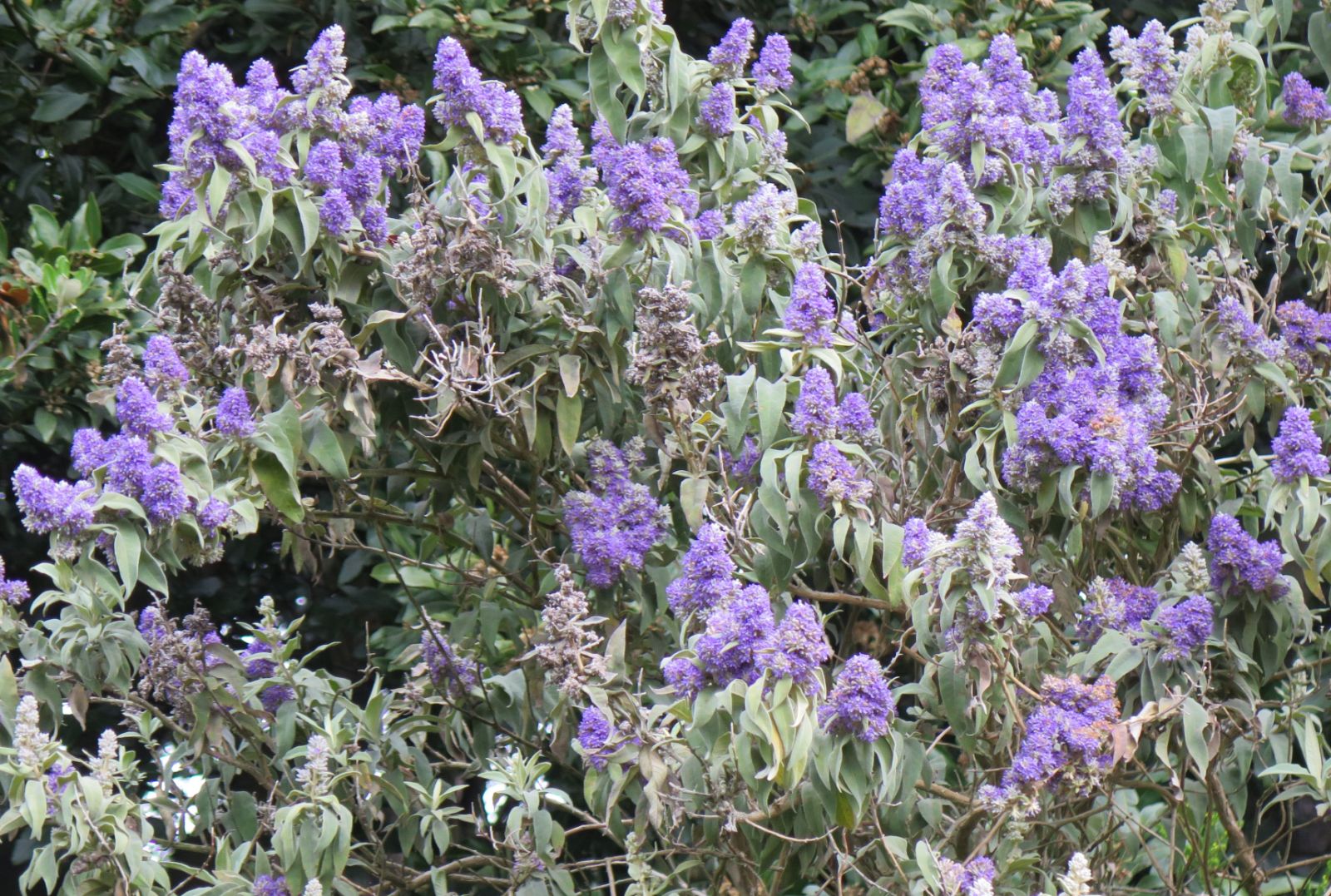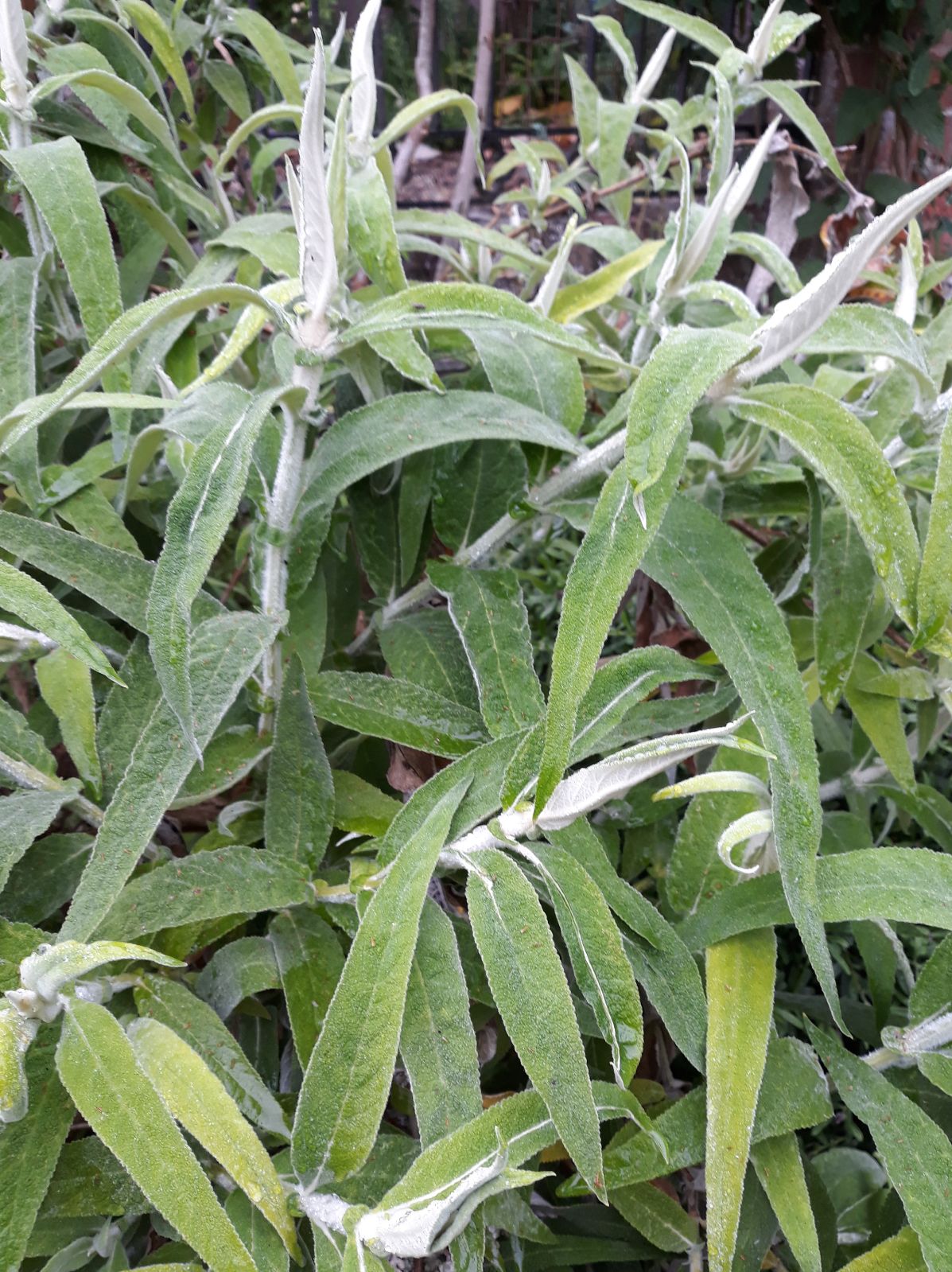Buddleja salviifolia
Sponsor
Kindly sponsored by
The John Spedan Lewis Foundation

Credits
Andrew Large (2021)
Recommended citation
Large, A.T. (2021), 'Buddleja salviifolia' from the website Trees and Shrubs Online (treesandshrubsonline.
Genus
Common Names
- Sagewood
- Sage Bush
Synonyms
- Buddleja aurantiaco-maculata Gilg
- Lantana salviifolia L.
Other taxa in genus
- Buddleja albiflora
- Buddleja alternifolia
- Buddleja araucana
- Buddleja asiatica
- Buddleja auriculata
- Buddleja caryopteridifolia
- Buddleja colvilei
- Buddleja cordata
- Buddleja crispa
- Buddleja crispa × lindleyana
- Buddleja curviflora
- Buddleja davidii
- Buddleja delavayi
- Buddleja fallowiana
- Buddleja fallowiana × davidii
- Buddleja FLUTTERBY™ Series
- Buddleja forrestii
- Buddleja globosa
- Buddleja glomerata
- Buddleja japonica
- Buddleja lindleyana
- Buddleja LO AND BEHOLD® Series
- Buddleja longiflora
- Buddleja loricata
- Buddleja × luteolufaucia
- Buddleja macrostachya
- Buddleja marrubiifolia
- Buddleja megalocephala
- Buddleja 'Miss Ruby'
- Buddleja 'Morning Mist'
- Buddleja myriantha
- Buddleja New Dwarf Hybrids
- Buddleja nivea
- Buddleja officinalis
- Buddleja 'Orange Sceptre'
- Buddleja paniculata
- Buddleja × pikei
- Buddleja 'Pink Delight'
- Buddleja saligna
- Buddleja 'Salmon Spheres'
- Buddleja 'Silver Frost'
- Buddleja speciosissima
- Buddleja 'Summer Beauty'
- Buddleja virgata
- Buddleja × wardii
- Buddleja × weyeriana
- Buddleja × weyeriana Hybrids
- Buddleja 'Winter Sun'
Shrub or occasionally a small tree 1–8 m high. Branchlets white- or rusty-tomentose with stellate hairs. Leaves opposite, sessile or shortly petiolate; blade narrowly ovate to narrowly oblong, 4–6 × as long as wide, 4–17 × 1–4.5 cm, apex long acuminate to acute, deeply cordate to auriculate at the base, upper surface crenate, bullate or rugose and glabrescent, lower surface tomentose, reticulate with conspicuous venation. Stipules leafy. Inflorescence terminal and paniculate and variable in size, 3–30 × 10–25 cm. Lower bracts leafy, upper ones smaller, narrowly ovate. Flowers sessile and sweetly scented. Calyx campanulate, exterior tomentose, interior glabrous, 2–3 mm long. Corolla white or lilac to purple, with a deep orange throat, lobes erect, corolla tube nearly cylindrical, slightly widened towards the throat, 4.2–6.8 mm long; lobes suborbicular to oblong, 1.8–2.5 × 1.2–1.8 mm, rounded, entire, spreading; outside of lobes and tube tomentose and hirsute at the throat. Stamens included; filaments short, glabrous, inserted 3–4 mm above the corolla base; anthers oblong, 0.8–1.5 × 0.3–0.5 mm, cordate at the base, apiculate at the apex. Pistil 2.8–5 mm long; ovary 2-celled, subglobose, laterally compressed, 1–1.2 × 1 × 0.8–1 mm, pubescent with stellate hairs, abruptly narrowed into the style; style with stigma 2–3 mm long, glabrescent; stigma large, clavate. Capsule 3–4.5 × 2–2.4 × 1.4–2 mm, ellipsoid, exserted by about half from the calyx, apiculate, hairy as the ovary but less dense. Seed medium brown,obliquely tetrahedral, 0.8–1.5 × 0.4–0.6 × 0.3 mm, narrowly winged at the edges. (Leeuwenberg 1979).
Distribution Angola Lesotho Malawi Mozambique Swaziland Tanzania Zambia Zimbabwe
Habitat Forest edges, rocky slopes, mountain grassland and water courses; in tropical regions only at 1200–2500 m asl, elsewhere from 150 m.
USDA Hardiness Zone 8-9
RHS Hardiness Rating H4
Conservation status Least concern (LC)
Commonly known as Sagewood in South Africa, Buddleja salviifolia is hardy and resistant to frost, tolerant of heat and drought, and mostly evergreen. It has a vast range from the Cape to tropical Africa in Tanzania, and is consequently highly variable in both foliage and flower colour. As the names suggest, the leaves resemble sage (Salvia officinalis), but can range from smooth and velvety with a copper-coloured tomentum, through to glabrous with a bullate (ruckled) upper surface. It flowers in the spring – from March to May in the UK depending on type and condition – producing large panicles of strongly-scented flowers, one the finest perfumes of any Buddleia. The individual flowers are typical of the genus, four-lobed with a yellow-orange throat; the main (corolla) colour can be white, pale lilac, pink, purple, or blue. Several cultivars are available through the nursery trade, with the atypical blue form most commonly sold (although sometimes misidentified/mislabelled as B. myriantha).
Left alone B. salviifolia will grow into a tall and rangy shrub, but it may be shaped by judicious pruning immediately after flowering. As with most Buddleia it prefers a well-drained soil, but provided the conditions are right it is hardier than its native range may suggest, to –10ºC; nevertheless, a sheltered position is preferable as it is less tolerant of exposure, where both foliage and the incipient flower-buds are prone to damage by cold winds (Stuart 2006). Both the white- and blue-flowered forms have proven reliable flowering shrubs once established in the Midlands of England (USDA zone 8a) (pers. obs.), but pink and yellowish forms collected by the Compton, D’Arcy & Rix expedition to South Africa in 1988 proved not to be hardy in southern England (J. Compton pers. comm. 2021).





